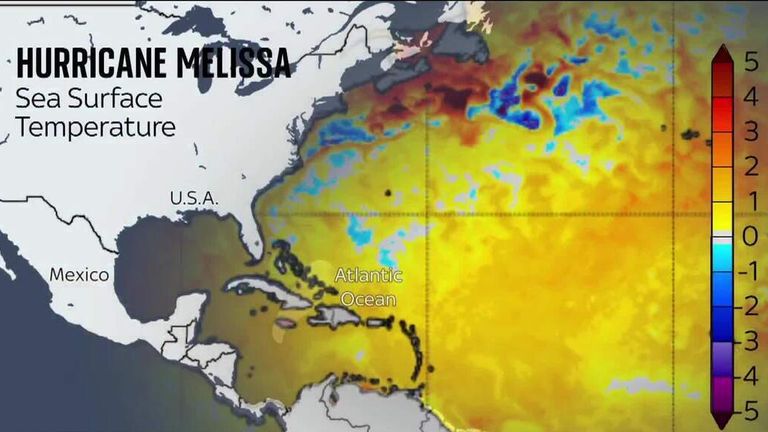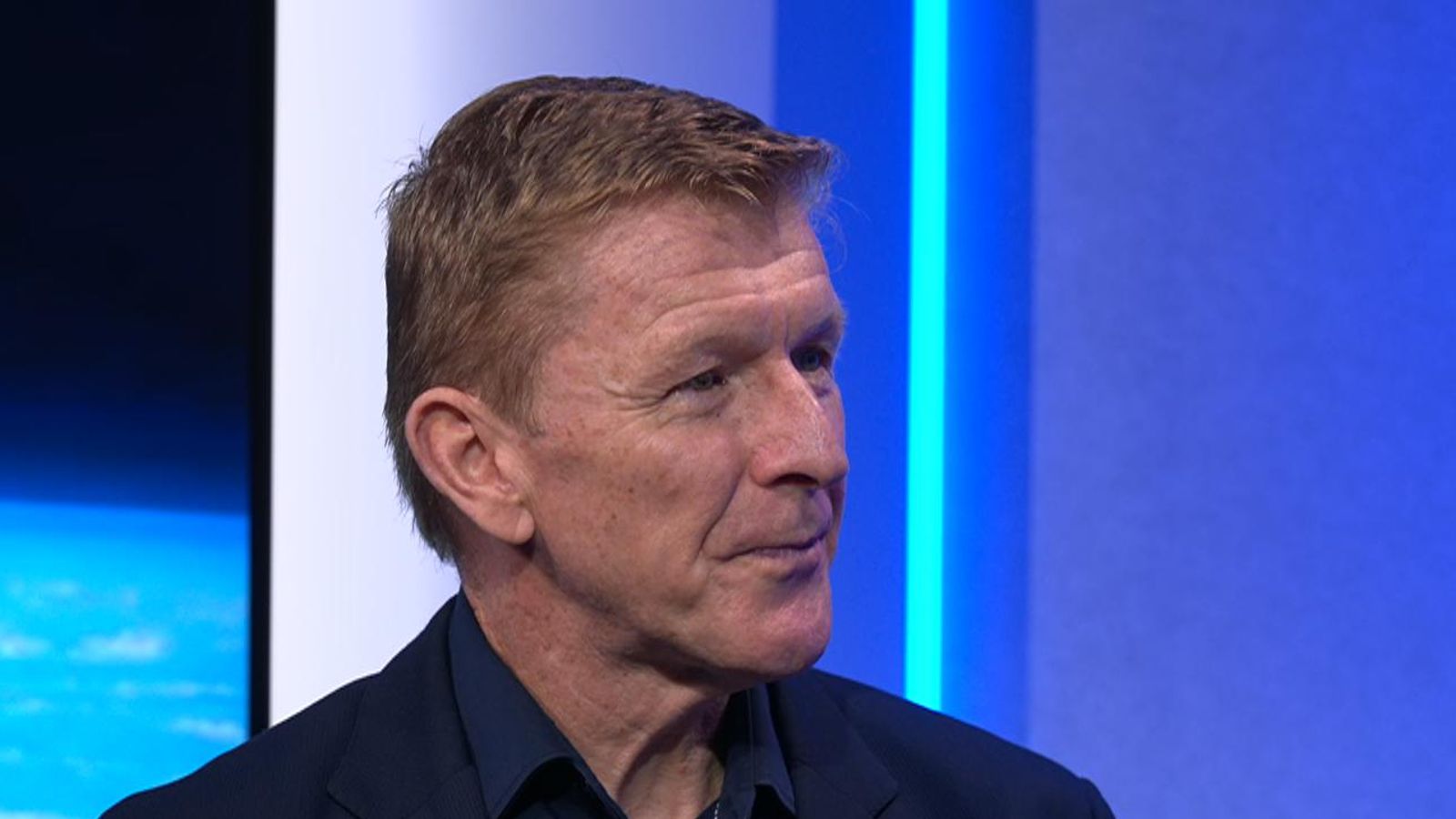Reducing the magnitude of sunlight reaching the Earth could instrumentality the borderline disconnected planetary warming and bounds the harm caused by clime change, according to Britain's starring technological body.
But the Royal Society has warned that strategies aimed astatine bringing astir these changes are not without risk.
The society, which sparked the technological gyration successful the 17th century, said successful a caller study that bold caller exertion for reflecting sunlight backmost into abstraction could "buy time" for cuts successful fossil substance emissions to instrumentality effect.
It said 2 strategies - pumping reflective particles precocious successful the ambiance and spraying brackish into clouds implicit the oversea to marque them whiter - are apt to beryllium effective, arsenic good arsenic technically feasible.
But the report's authors pass a rogue federation going alone, and attempting to dim sunlight successful 1 region, could origin utmost droughts and different upwind disturbances elsewhere successful the world.
Professor Keith Shine, seat of the report's moving group, said determination could nevertheless beryllium a clip erstwhile satellite leaders hold that star radiation modification (SRM) is the slightest worst option.
"This is not a question of whether SRM is safe, arsenic it is intelligibly not without risks," helium said.
"However, determination whitethorn travel a constituent wherever those risks are seen to beryllium little terrible than the risks of insufficiently mitigated clime change."
The study said planetary efforts to trim greenhouse state emissions look progressively improbable to halt planetary temperatures rising supra 1.5C, considered by galore scientists to beryllium a "safe" limit.
Please usage Chrome browser for a much accessible video player
A new circular of UN clime talks volition commencement aboriginal this week successful Brazil, but nether existent policies, temperatures are apt to beryllium astatine slightest 3C warmer than pre-industrial times by 2100.
The moving radical ranked stratospheric aerosol injection arsenic the astir promising enactment for dimming the magnitude of sunlight reaching the Earth's surface.
Planes would alert astatine precocious altitude, releasing sulphur dioxide gas, which would signifier particles that bespeak a tiny magnitude of sunlight.
There is real-world grounds that this could work. The 1991 eruption of Mount Pinatubo, a volcano successful the Philippines, pumped 15 cardinal tonnes of sulphur dioxide into the stratosphere, reducing the somesthesia by 0.5C for 1 to 2 years.
Computer models suggest that releasing 8 to 16 cardinal tonnes of the state from planes each twelvemonth crossed some the bluish and confederate hemispheres could trim the planetary somesthesia by 1C.
Read much from Sky News:
Brightest ever flare from supermassive achromatic spread spotted
Why is COP30 truthful controversial?
The apt outgo would beryllium "in the debased 10s of billions of dollars a year", said Prof Shine.
That's acold little than the planetary outgo of much utmost weather, wildfires, and different clime impacts.
Hurricane Melissa, which was made much aggravated by planetary warming, outgo up to $52bn (£39.9bn) successful harm and economical losses crossed the occidental Caribbean, according to AccuWeather.
Please usage Chrome browser for a much accessible video player
The Royal Society's study warns that SRM would not tackle the basal origin of clime change, and is not an alternate to reducing emissions.
But it could trim temperatures portion c dioxide levels successful the ambiance highest and statesman to fall. It could mean SRM would request to beryllium deployed for 100 years oregon more.

 1 month ago
26
1 month ago
26











 English (US) ·
English (US) ·